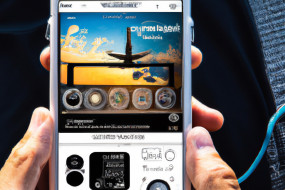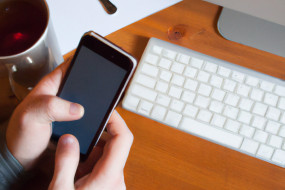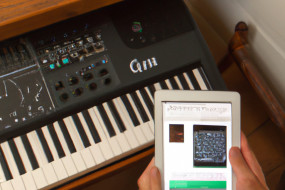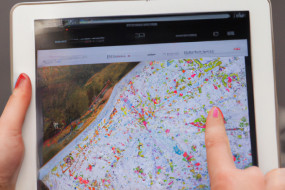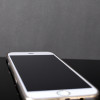
Apple devices are known for their security features, but iOS devices can still be susceptible to attacks. In this article, we will provide you with 10 tips to help you secure your iOS devices, ensuring a secure and professional experience. Follow our guidelines to keep your data safe and your device protected.
1. Set a Strong Passcode
Set a strong passcode or password that cannot be easily guessed, ensure that you do not share the code with anyone, and update it regularly. You can also enable Touch ID or Face ID for extra security.
2. Keep the OS and Apps Up to Date
Make sure that you are always using the latest iOS version and that all your apps are up to date. Apple releases updates and bug fixes that improve your device's security. You can set your device to install updates automatically.
3. Enable Two-Factor Authentication (2FA)
Enabling 2FA is an added layer of security that protects your account by requiring additional verification steps. This can be done through your device's settings.
4. Disable Unnecessary Services
Disable any services or apps you don't use, such as location services or Siri. This minimizes the potential attack surface, making your device less vulnerable to attacks.
5. Use a VPN on Public Wi-Fi Networks
Public Wi-Fi networks can expose your personal information, make sure to use a virtual private network (VPN) when connecting to these networks. This ensures that your data is encrypted and secure.
6. Use Encrypted Messaging Apps
Messaging apps such as WhatsApp, Signal, or iMessage are secure and use end-to-end encryption, ensuring that your conversations are safe and confidential.
7. Avoid Jailbreaking Your Device
Jailbreaking your device can provide additional functionality, but it also makes your device more vulnerable to attacks. Avoid jailbreaking your device as it can remove the device's security mechanisms.
8. Be Cautious When Downloading Apps
Downloading apps from outside the App Store can be risky. Always ensure that you only download apps from trusted sources and read app reviews before downloading to avoid any potential malicious apps.
9. Lock Your Device When Not in Use
Always lock your device when you're not using it, this helps to prevent unauthorized access. You can set your device to lock automatically after a certain period of inactivity.
10. Backup Your Data Regularly
Regularly backup your data on your device, either to iCloud or your computer, to ensure that you have a copy of your data if your device is lost or stolen.













